- Established 1982 -HOME: www.hiltonpond.org
THIS WEEK at HILTON POND Subscribe for free to our award-winning nature newsletter (Back to Preceding Week; on to Next Week) |
DO EASTERN HOUSE FINCHES If you follow our on-line installments of "This Week at Hilton Pond" you're aware our primary natural history endeavor involves capture, banding, and release of wild birds. During the past 41 years we've banded 76,451 individuals of 128 species and derived a great deal of information about avian ecology and behavior. We've also seen population sizes ebb and flow, at least in part because local habitats have gone through vegetational change.
All text, maps, charts & photos © Hilton Pond Center We encounter year-round resident birds (such as Northern Cardinals, banded male above) on a regular basis--some of them so frequently we call them "trap junkies"--and occasionally we recapture non-resident seasonal individuals that migrate away in autumn and return to Hilton Pond the next spring (or vice versa). Later-year recaptures at the Center are interesting because they reveal precise site fidelity as birds reappear locally after spending months somewhere else--possibly hundreds, even thousands, of miles away. We know they come back, we just don't know where they've been.
All text, maps, charts & photos © Hilton Pond Center Even so, this year we've been impressed by travel details for three winter finches banded at Hilton Pond Center, only to be found dead elsewhere and reported by members of the public. Most astounding were two Pine Siskins (above) we banded here that were encountered nearly 2,300 miles away in western Washington State--very likely on or near their breeding grounds! The third "foreign encounter" was a House Finch that didn't travel nearly as far but raised a very interesting question we discuss below. First, a little deep background.
All text, maps, charts & photos © Hilton Pond Center Here in the Carolinas, House Finches (adult male above, December female below) are among the most common feeder birds--and not just in winter when they’re joined by look-alike Purple Finches, American Goldfinches, and, in irruption years, those wandering Pine Siskins. Indeed, if you offer black sunflower seeds year-round you're likely to see House Finches (HOFI) almost any day January through December. However, this has NOT always been the case in the eastern United States; i.e., HOFI have always been common out west but are not historically native east of the Great Plains.
All text, maps, charts & photos © Hilton Pond Center That all changed in the early 1940s when pet shop owners on Long Island NY surreptitiously released a few dozen pairs of illegally marketed "Hollywood Finches." These HOFI became the nucleus for a population that in less than fifty years spread north, south, and west to become the common backyard bird we see across the eastern half of the continental U.S. In the early 1980s we had Hilton Pond House Finches just in winter, but these days if you hang a flower basket here or many other places in the East you're likely to get nesting HOFI (or sometimes Carolina Wrens, their main competitors for front porch flower pot nest-sites). So here's our main question: Do House Finches in eastern North America still migrate? Since arriving at a plausible answer is a little complicated, let's work though the evidence represented by our 41 years of work at Hilton Pond Center. We started banding birds at Hilton Pond in June 1982 and saw no House Finches that summer or fall; come winter, however, we trapped our first HOFI on 21 November 1982 and the last on 20 March 1983, for an impressive total of 265. The next winter season showed a similar pattern, with first HOFI appearing locally on 30 October 1983, the last on 2 March 1984. (That winter we caught a whopping 976!) And so it continued through subsequent winters until 1987-88, with House Finches arriving at the Center by late October and disappearing in March. Any reasonable observer would probably agree with our Hypothesis #1: The vast majority of these HOFI--and maybe all--were migrants that came to spend the winter at Hilton Pond before heading somewhere else (likely north) for the breeding season. All text, maps, charts & photos © Hilton Pond Center In support of this conjecture, we'll mention six of 1,679 House Finches we banded in those winters from 1982-83 through 1987-88 did indeed appear "up north" (see map above) and were reported to the Bird Banding Lab from these places: Oldwick NJ, Annandale VA (two individuals), Harrisonburg VA, Adelphi Post Office MD, and Westover Air Force Base MA. (A seventh HOFI banded at the Center was found dead in April 1990 at Ellicott City MD. We mention it separately because it was banded in December 1989--after the winter of 1987-88.)
All text, maps, charts & photos © Hilton Pond Center We should mention we've also caught three House Finches banded elsewhere--two in Pennsylvania and one in New York (see map above). All three were banded in July or August (breeding season) in 1981, 1982, or 1983 and were recaptured and released at Hilton Pond during January in 1984 or 1986 (winter season). All three were obvious migrants. (NOTE: On the two maps above, it's remarkable how narrow a cone encompasses the theoretical straight-line flight paths of all 11 of the long-distance House Finches. We suspect this, at least in part, is because migration to the west is hindered by the Appalachians and on the east by the Atlantic Ocean.)
All text, maps, charts & photos © Hilton Pond Center Amid all this migratory behavior something interesting happened at Hilton Pond in June and July 1988 when--for the first time--we caught two newly fledged House Finches (above) that indicated the species had nested nearby. During spring and summer from 1988 onward we captured increasing numbers of fledgling HOFI produced locally, but until the early 1990s also continued to band good numbers of WINTER House Finches. After that the population evened out, with nearly equal numbers of HOFI banded in spring, summer, fall, and winter--suggesting Hypothesis #2: All the Center's House Finches banded after the early 1990s have been year-round residents that no longer migrate long-distance. (See chart below.) All text, maps, charts & photos © Hilton Pond Center In support of our second hypothesis, we submit the following: After that House Finch mentioned above was banded at Hilton Pond in Winter 1984 and recovered in Maryland in Spring 1985, NONE of 9,869 HOFI banded January 1990 through July 2022 were encountered and reported any further north than our neighboring state of North Carolina. (Based on timing and locations, those eight birds encountered closer to Hilton Pond could have been part of post-breeding dispersal or just plain wandering as opposed to true migration.) After 1986 we likewise recaptured no more House Finches banded elsewhere. The bottom line is this: Our banding and foreign encounter data seem to indicate eastern House Finches that used to fly south in fall and north in spring just weren't migrating any more. Or so we thought . . . until this week when the Bird Banding Lab sent us one of those eagerly anticipated "Reports to Bander." All text, maps, charts & photos © Hilton Pond Center To be honest, we were a little shocked by this latest bander report (above). Its shorthand code told us a male House Finch we banded as an after-hatch-year adult at Hilton Pond Center on 05 February 2019 was found dead very recently (12 August 2022) by David Rackey at Indian Head MD (see map below).
All text, maps, charts & photos © Hilton Pond Center This particular bird, of course, is just one data point, but it does document another adult male House Finch we caught in South Carolina in mid-winter was found found three years later during the breeding season--336 miles to the north. This sure looks like it could still be seasonal migration, does it not? If so, and if it's not just a bird wandering about, it invalidates the hypothesis that all HOFI at Hilton Pond these days are year-round residents AND that none of them migrate any more.
All text, maps, charts & photos © Hilton Pond Center Such a conclusion opens up all sorts of other questions, for example:
These are difficult questions. One way to get answers is for folks to keep on banding House Finches and tracking them across their eastern range--something we fully intend to help with through the long-term year-round bird banding program at Hilton Pond Center. All text, maps, charts & photos © Hilton Pond Center HUMMER SUMMER FUNDER 2022 ANNOUNCEMENT: In late July we banded Hilton Pond Center's 7,000th Ruby-throated Hummingbird. That partially gorgeted young male (photo below) is another milestone in our 39-year study of these tiny feathered dynamos. Our long-term research would not be possible without support from hummingbird enthusiasts like you, so please donate if you can to our Facebook "Hummer Summer Funder 2022" and Operation RubyThroat: The Hummingbird Project. Facebook takes care of the donation processing with no fees. Just click on this link: Hummer Summer Funder 2022.
All text, maps, charts & photos © Hilton Pond Center If you're not on Facebook, you can also help underwrite our education, research, and conservation efforts in other ways. Please, and thank you. Via credit card at All text, maps, charts & photos © Hilton Pond Center UNUSUALLY LATE WOODPECKER FLEDGLING On 18 August 2022 at Hilton Pond Center we captured for banding a recently fledged male Downy Woodpecker (see photo below). Based on 41 years of banding this species at the Center, this is an extremely late date for a local fledgling. (By comparison, our FIRST fledgling downy this year was a female captured, banded, and released on 15 May.)
All text, maps, charts & photos © Hilton Pond Center Because of timing, yesterday's capture suggests he could be part of a second brood for one of our resident Downy Woodpecker pairs. A quick search revealed references (including Cornell's authoritative Birds of the World) that flatly state downies have only ONE brood per year, although we did find one on-line source (National Audubon) that reports double-brooding is possible in southern parts of the species' range. Even if this was a second attempt after a failed first nesting attempt, a recently fledged DOWO in mid-August still would be quite late. In Downy Woodpeckers, incubation is ~12 days, followed by a 18-21 day nestling period; parents tend to their fledglings for 1-3 weeks. If you count from this year's first DOWO fledgling on 15 May, this week's youngster showed up 90-plus days later. It seems three months would be more than enough time for a second brood, even if the adult woodpeckers took time to excavate a new cavity. This is all hypothetical without direct observations, of course, but it's still an interesting question. We're wondering if anyone has personally observed double-brooding in Downy Woodpeckers, or if anyone knows of references documenting this phenomenon. If so, please let us know at INFO. All text, maps, charts & photos © Hilton Pond Center HILTON POND SUNSETS "Never trust a person too lazy to get up for sunrise
All text, maps, charts & photos © Hilton Pond Center Sunset over Hilton Pond, 18 August 2022 You can't beat a good sunset for cost-free enjoyment. Don't forget to scroll down for lists of Hilton Pond supporters and of all birds banded and recaptured during the period. Photoshop image post-processing for this page employs |
|---|
|
"This Week at Hilton Pond" is written and photographed by Dr. Bill Hilton Jr., executive director of Hilton Pond Center for Piedmont Natural History
|
|
|
Please refer "This Week at Hilton Pond" to others by clicking on this button: |
|

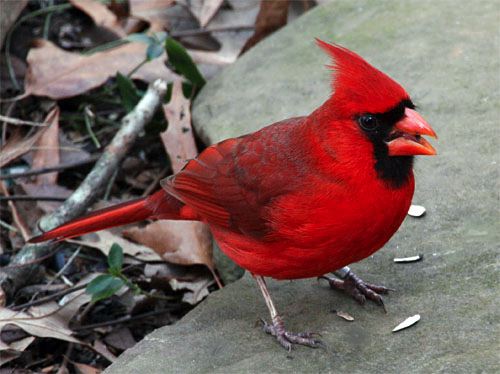
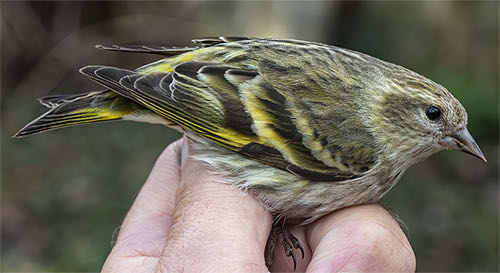
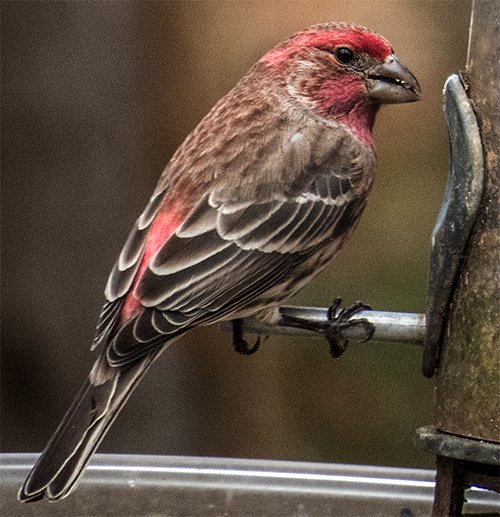
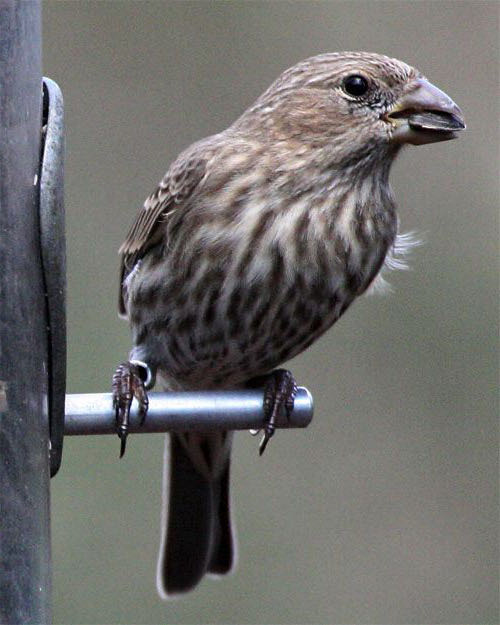
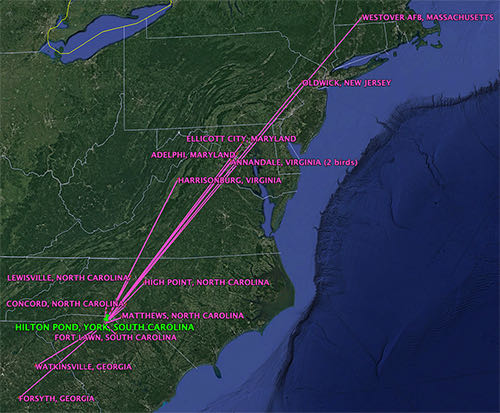
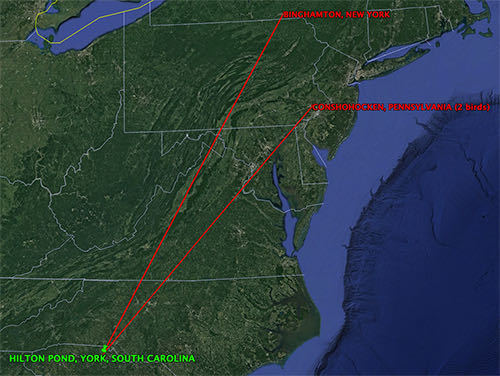
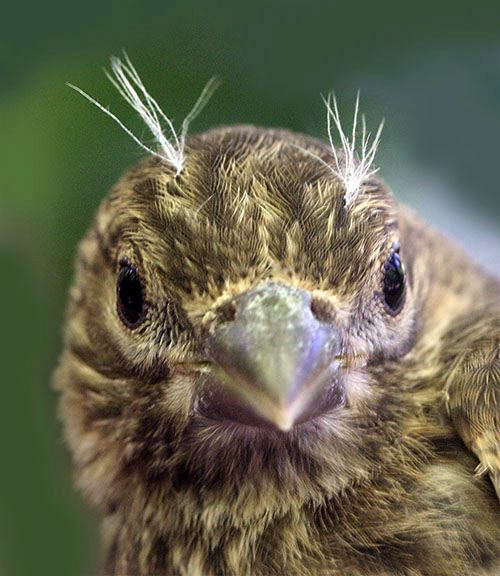
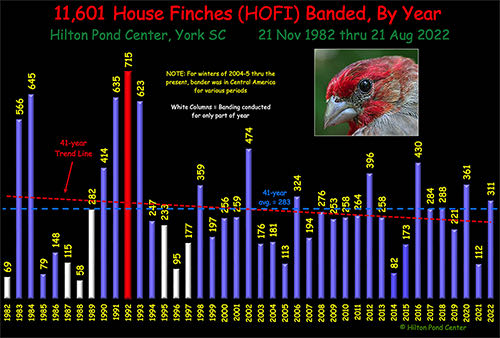

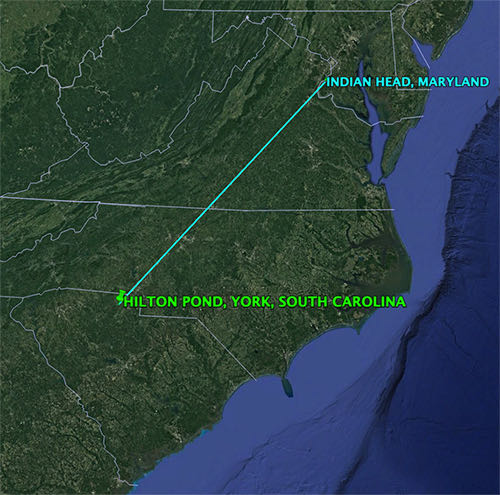
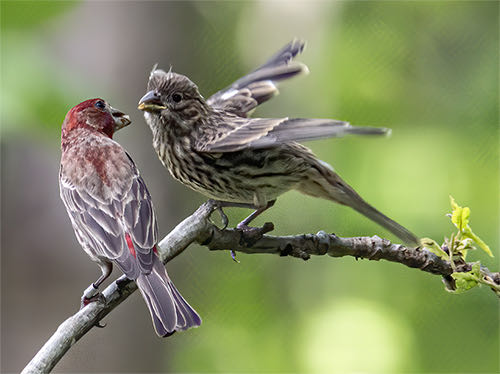
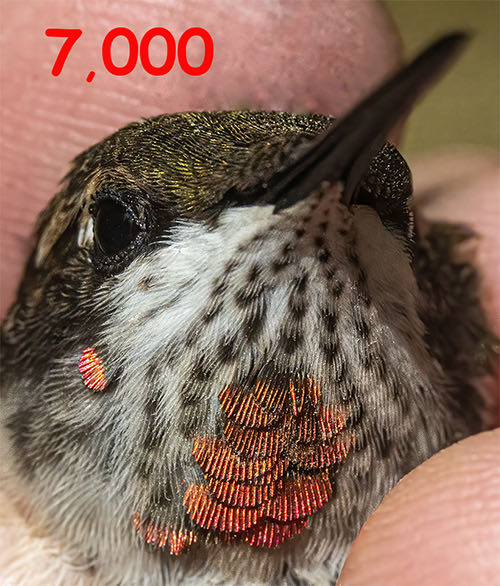

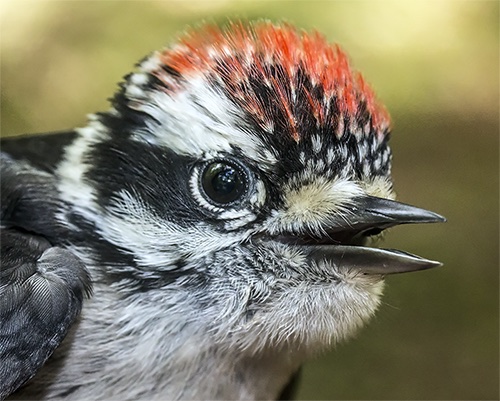
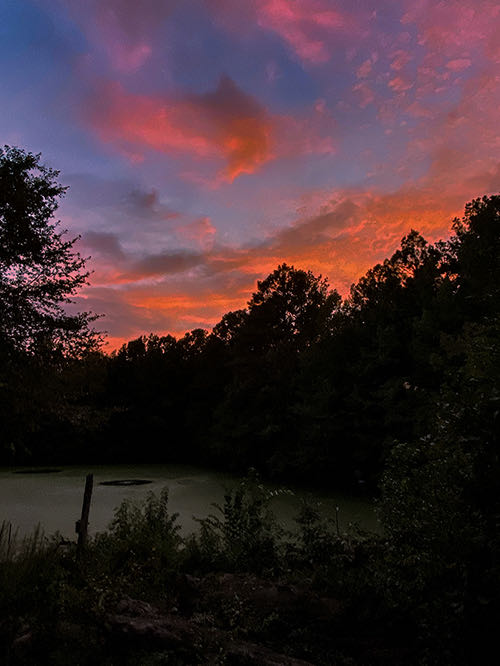








 Please report your
Please report your